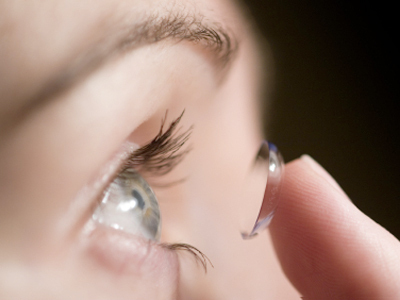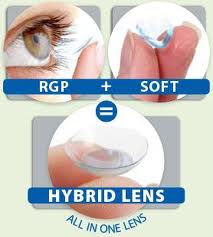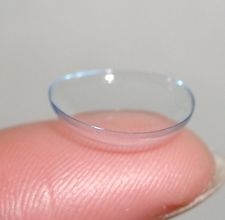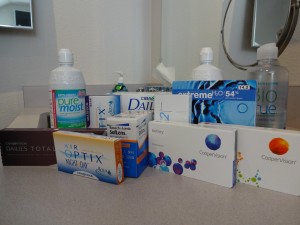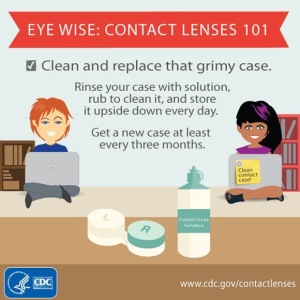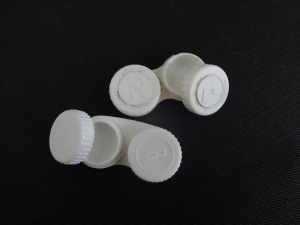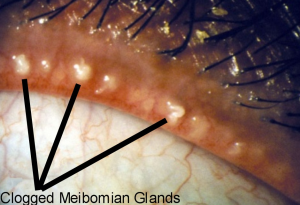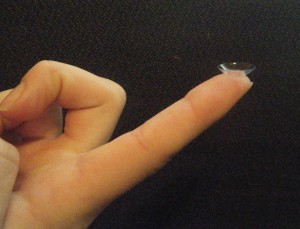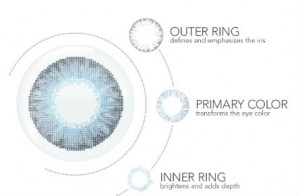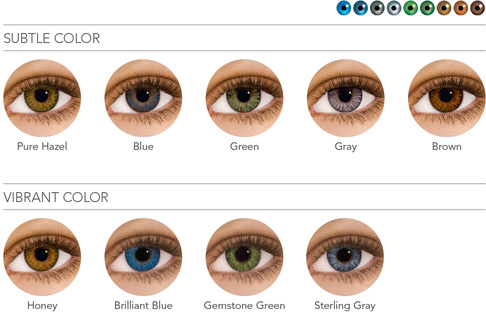Contact lens prescriptions generally expire on a yearly basis, unless otherwise specified. Seeing your eye doctor regularly for a comprehensive eye exam will not only keep your prescription updated, and evaluate your ocular health, but an eye exam will also help identify and lead to diagnosis of other health concerns such as hypertension and diabetes. At your eye exam Dr. Griffith may recommend a newer/better contact lens option for you, too.
A contact lens is a medical device and can be worn to correct vision as well as for cosmetic or therapeutic reasons. In the United States, all contact lenses, even purely cosmetic ones, require a prescription. They must be properly fitted and prescribed by an eye doctor. 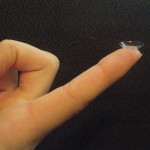
An eye examination is needed to determine an individual’s suitability for contact lenses. This typically includes a refraction to determine the proper power of the lens and an assessment of the health of the eye. Dr. Griffith will also ask questions about your lifestyle, general health and contact lens wearing goal. If you haven’t worn contact lenses before, training for application and removal of the contact lens is necessary. If the lenses are to be re-used, a care and disinfecting system is required too. A follow-up appointment will determine the proper fit and lens compatibility for your eyes. Contact lenses are not a “one size fits all” device. There are many parameters to each lens. Besides the power to correct the vision, material and edge design will effect the comfort. The size: diameter and curvature are factors in the fit and ultimately the response of the cornea and eyelids to the contact lens.
Prescriptions for contact lenses and glasses may be similar, but are not interchangeable.
